This post may contain affiliate links. If you make a purchase through a link, I may receive a small commission, at no cost to you. These commissions help keep this website up and running, and I thank you for your support. Read my full disclosure here.
Most people visit Bulgaria to enjoy the Black Sea, which is a beautiful, but there is so much more to see and do. Bulgaria has a beautiful countryside, mountains, wine regions, culture, and ancient ruins dating back to the Thracian and Roman times. We only had limited time to fit it all in, so some days have long drives, but I’ve noted where you may want to spend more time if you can spare it.
Day 1 – Burgas to Plovdiv and the Rila Mountains
- Staying in: Rila Mountains resort village of Panichishte
- Read my full posts: This is just an overview. Read my full posts on visiting Plovdiv and Hiking the 7 Rila Lakes in the Rila Mountains.
(We arrived in Burgas late evening the night before. We picked up our hire car and stayed in Guest House Deva for the night.)
Get up early and drive to Plovdiv on your way to the Rila Mountains. Plovdiv is the second largest city in Bulgaria and has a long and interesting history. It’s been invaded by a long list of people, including Persians, Greeks, Celts, Romans, Goths, Huns, Bulgars, Slavs, Rus people, Crusaders, and Turks. This historic city features an old town, Roman ruins, and a stylish pedestrian shopping district. We only spent an afternoon there, but I think on reflection I would have preferred to have stayed the night so we could have explored more.
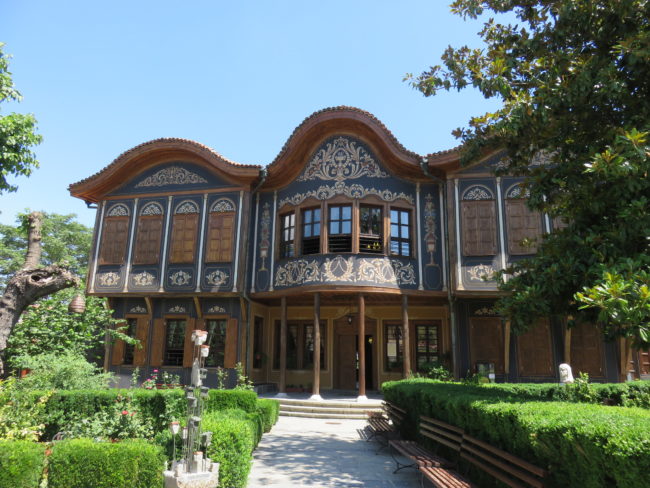
Sites to see in Plovdiv
- Roman Forum of Philippopolis
- Pedestrian Shopping Street
- Dzhumaya Mosque
- Ancient Stadium of Philippopolis
- Eastern Orthodox Church (St Virgin Mary Church)
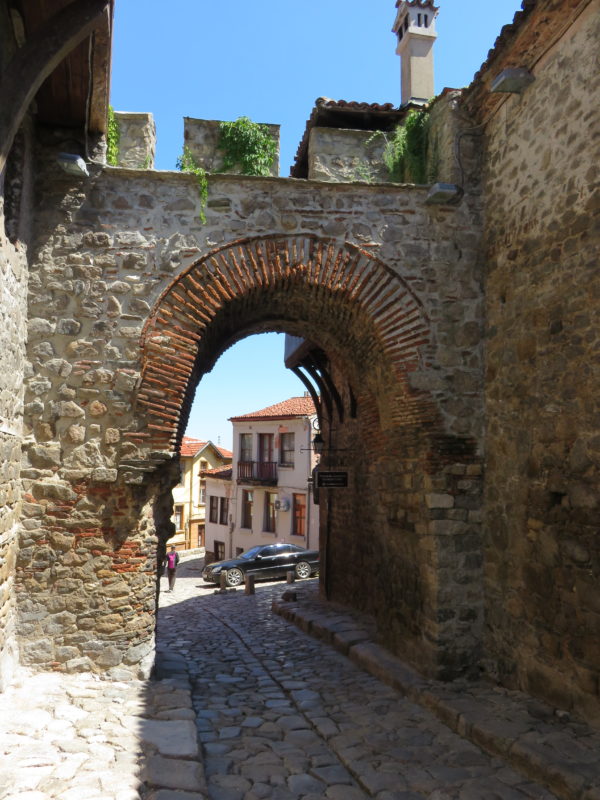
- St. Dimitar Church
- Plovdiv Old Town
- Lamartine’s House
- The Old Pharmacy “Hippocrates” – House of Antoniadi
- House-Museum Klianty
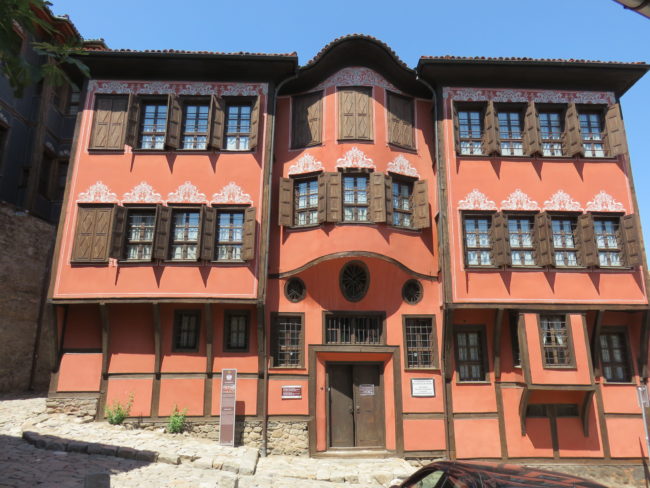
- Church of St Constantine and Helena
- Regional Ethnographic Museum
- Hisar Kapia
- Historical Museum – Exhibition Renaissance
- South Round Tower
- Ancient Theatre of Philippopolis
- Garden of Tsar Simeon
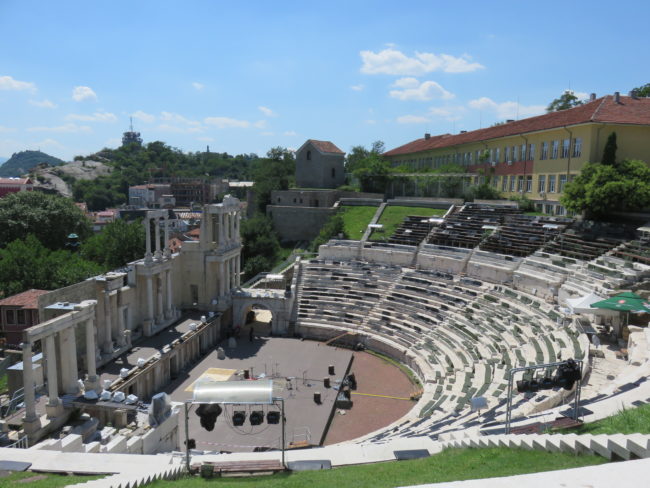
In the afternoon, drive to the Rila Mountains. We stayed in the mountain resort village of Panichishte, where there are a number of hotels nestled amongst the trees. This is the main accommodation area on the mountain, but there are also other hotels scattered throughout the mountain.
Day 2 – Hiking the Seven Rila Lakes in the Rila Mountains
- Staying in: Rila Mountains resort village of Panichishte
- Read my full posts: This is just an overview. Read my detailed guide to Hiking the 7 Rila Lakes in the Rila Mountains.
The Rila Mountains are the highest mountain range in Bulgaria and are a popular tourist destination all year round. During the winter, visitors can enjoy a range of winter sports on the 27 marked ski runs and 12 lifts. During the summer there are lots of hiking trails to explore, with mountain huts providing accommodation and facilities to hikers. Spend the day hiking the most popular trail, the 7 Rila Lakes.
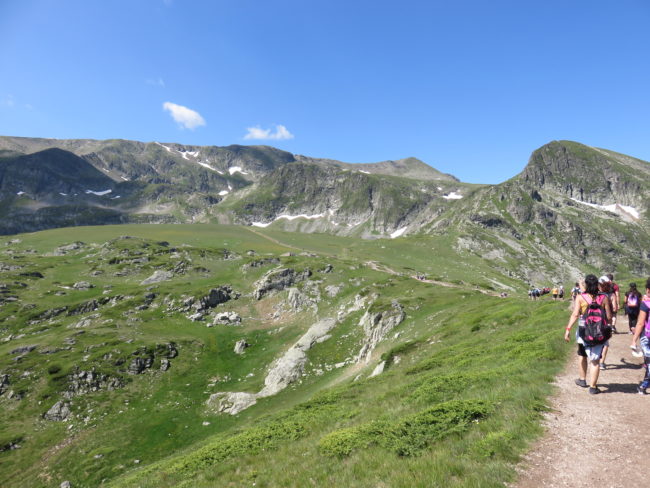
The highlights of the 7 Rila Lakes are obviously the 7 lakes!
- The Tear – the highest one
- The Eye – the deepest one
- The Kidney – perfect for a picnic
- The Gemini – the largest one
- The Triplets
- The Fish Lake – the shallowest one
- The Lower Lake – the lowest one
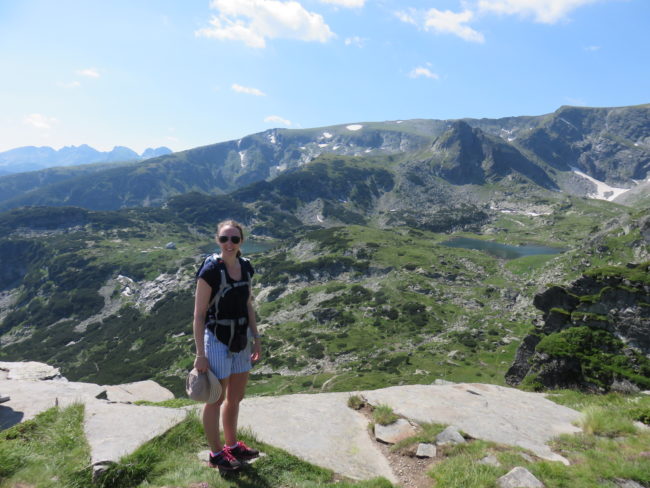
Day 3 – Rila Monastery and Melnik
- Staying in: Melnik
- Read my full posts: This is just an overview. Read my detailed guide to visiting Rila Monastery and Melnik.
In the morning drive to Rila Monastery on your way down to Melnik, the smallest town in Bulgaria. The monastery is the largest Eastern Orthodox monastery in Bulgaria monastery and is a popular attraction, particularly as it is in easy driving distance from Sofia, Bulgaria’s capital.
Tips
- They have strict clothing rules at the monastery, your knees and shoulders must be covered.
The monastery is named after its founder, the hermit Ivan of Rila (876 – 946 AD), who lived in a cave without any material possessions not far from the monastery’s location. Founded in the 10th century, the monastery has been destroyed and rebuilt a number of times over the years. Prepare to be impressed by the picturesque scene of the beautiful monastery with the dramatic mountains as a backdrop.
In the afternoon drive on to Melnik. Melnik is in the heart of Bulgaria’s wine growing region. It sits at the foothills of the Pirin mountain range and is famous for its ‘Melnik Earth Pyramids’, sandstone rock formations formed by erosion from rainfall and wear. Stay at the Elli Greco Hotel and spend the afternoon relaxing by the swimming pool.

Day 4 – Melnik
- Staying in: Melnik
- Read my full post: This is just an overview. Read my detailed guide to visiting Melnik.
In the morning head out for a hike up to Rozhen Monastery. Either walk up via the hiking trail which can be found on the Trevelswhere website, or walk up via the road from Melnik (which is what we did). At the top of the path by Rozhen Monastery is St. Cyril and Methodius, an orthodox church that was built in 1912 – 1914. A short walk further up the road brought us to Rozhen Monastery which was built before the 15th century and painted in 1597. The south facade was painted in 1611. Some of these frescoes you can still see today. The monastery was devastated by fire between 1662 and 1674, destroying the library and damaging the buildings, but it was restored over the next century.
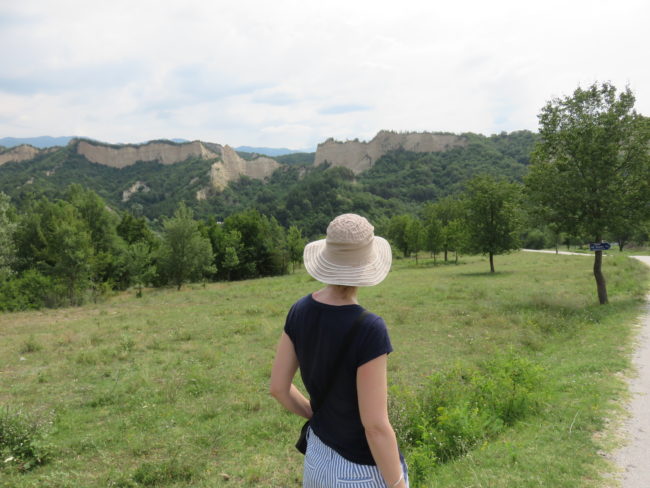
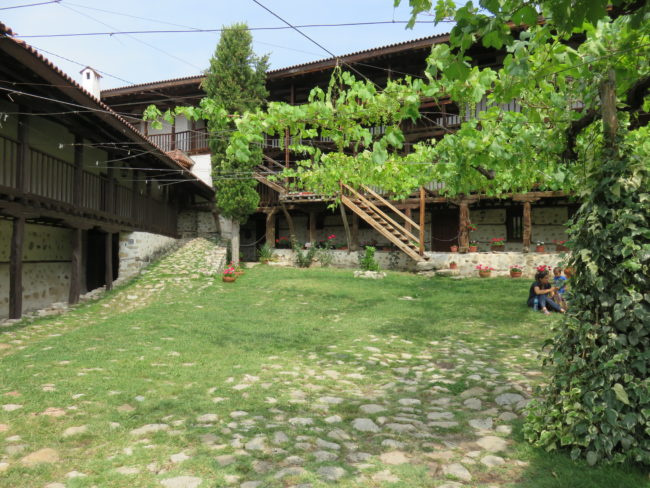
When you arrive back in Melnik, explore the town and visit the wine museum. For a small fee, try three locally produced wines then chose your favourite. If you want to try more wines, there are several wine stores in Melnik offering tastings. In the afternoon relax and cool off by the hotel pool.

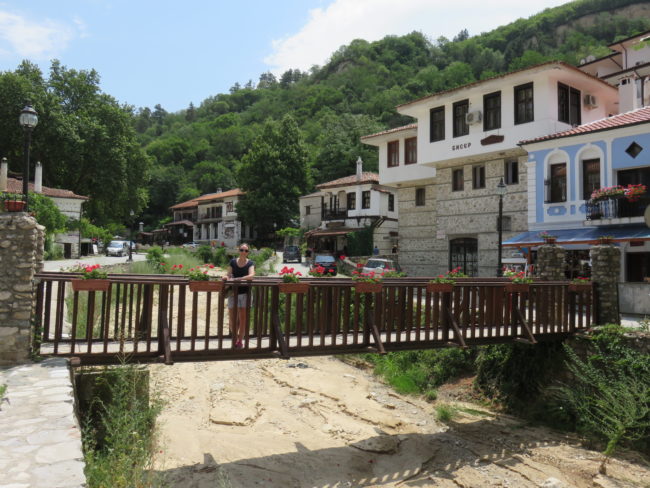
Day 5 – Melnik to Sofia
- Staying in: Sofia
- Read my full post: This is just an overview. Read my detailed guide to visiting Sofia.
In the morning drive to Bulgaria’s capital city, Sofia. This city has an interesting history after being occupied for over 2,000 years by Greeks, Romans, Ottomans and the Soviets.
Highlights include:
- Banya Bashi
- Regional History Museum
- Fountain at Atanas Burov Square
- Largo
- The Ancient City of Serdica
- Historic Places of Worship
- Saint Sofia Monument
- City Garden and National Theatre “Ivan Vazov” and the National Art Gallery
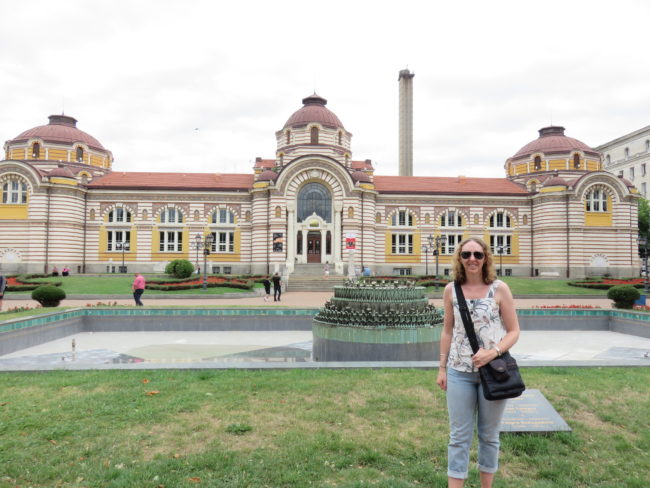
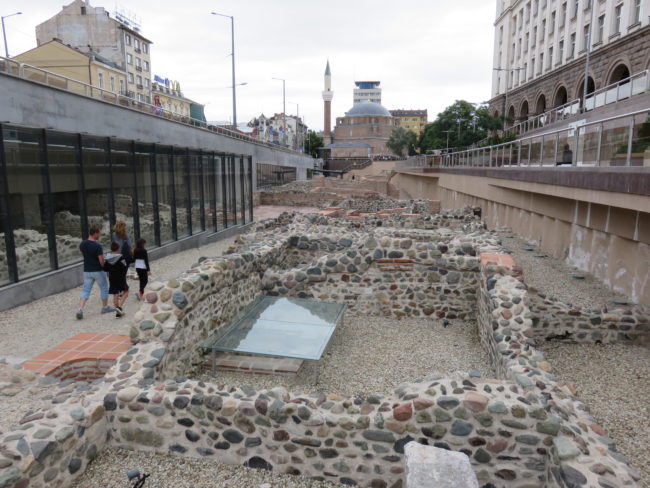
Join the free Balkan Bites Food Tour which takes about 2 hours. Bookings are recommended, although they do their best to accommodate everyone. The tour takes you to a range of modern and traditional restaurants to give you the opportunity to sample their food. Then afterwards you can go and enjoy a full meal at your favourite restaurant.

Day 6 Sofia to Burgas
- Staying in: Burgas
- Read my full post: This is just an overview. Read my detailed guide to visiting Burgas.
Tip
- To save money, we returned the hire car back to the airport and took the bus into Burgas. To get to our remaining locations we took the buses that run up and down the coast and are cheap.
Burgas is a great place to relax and enjoy a more laid back atmosphere with good food and the opportunity to explore some traditional and historic areas. There are no famous sites and attractions in Burgas, but the highlight is its old town and unique coastline. In this day and age where most beaches are crowded with high rise buildings, Burgas has the Sun Garden, a beautiful park and garden that stretches along the coast for a couple of miles. In the afternoon, enjoy a walk through the park and out along the jetty. The beach has private areas served by bars with cabanas and beach umbrellas that you can pay to relax on, but there are also large areas of beach that are open to the public.

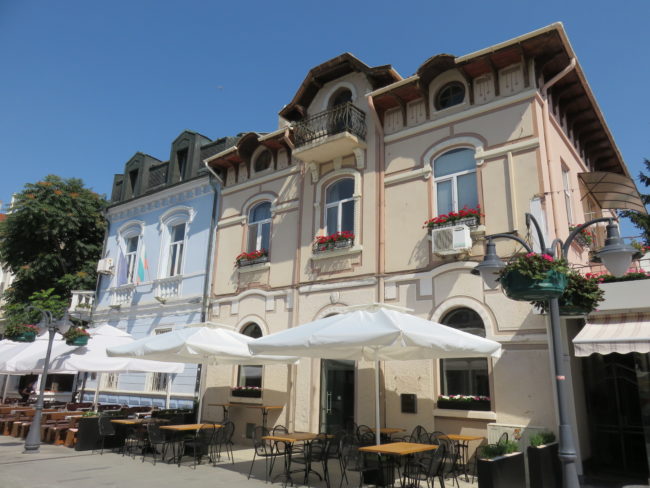
Day 7 – Burgas
- Staying in: Burgas.
- Read my full post: This is just an overview. Read my detailed guide to visiting Burgas.
Today explore more of Burgas in the morning then relax on the beach in the afternoon. See the tombstones and Thracian dolmen, a single-chamber with vertical megaliths beside the archaeological museum. Walk along the pedestrian street to take in the many beautiful historic buildings that have been painted in bright colours. Visit the interesting churches in Burgas including the Church of Saint Cyril and Methodius, Church St. Bogoroditsa, and the Holy Cross Armenian church with its small monument to the victims of the Armenian genocide in the Ottoman Empire. Walk along to Troika Square with its mists of water (fun for kids) and its monument of the Soviet Army dedicated to World War II and explore more of The Sea Garden.
Day 8 – Nessebar
- Staying in: Burgas.
- Read my full post: This is just an overview. Read my detailed guide to visiting Nessebar (and how to get there by bus)
Whilst staying in Burgas, take a day trip to the ancient UNESCO city of Nessebar, often referred to as the ‘Pearl of the Black Sea’. It was originally a Thracian settlement, known as Menebria, and became a Greek colony at the beginning of the 6th century BC. (You can also see a large excavated Thracian settlement in Sofia). From the 5th century AD it became a Roman stronghold then eventually part of the Ottoman Empire.
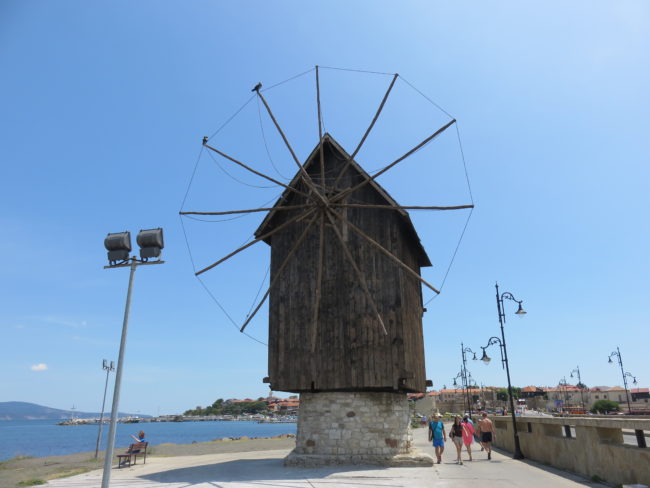
There are plenty of historic sites to enjoy including an old fortress, ruins, and lots of churches – it has the highest number of churches per capita in Bulgaria! Nessebar is also a good place to visit if you are looking to buy some souvenirs for friends and family. Sure, there is the usual tourist tat, but there is also some nice traditional items to be found at reasonable prices.
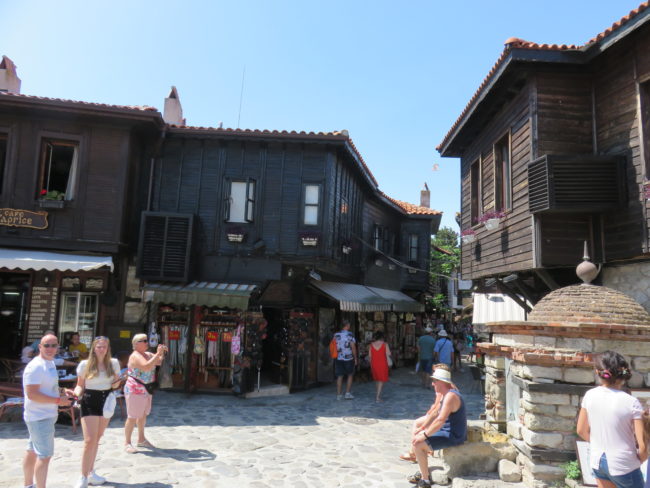
Highlights include:
- Wooden Windmill
- Statue of St Nicholas
- Nessebar Fortress
- St. Stephan
- Church of St John Aliturgetos
- Ancient Greek Amphitheatre
- 19th Century Wood and Stone Buildings
- The Old Fountain
- Church of Saint Sophia
- Basilica of the Holy Mother of God Eleusa
- Church Dormition of Theotokos, Church of St Theodore, Church of Christ Pantocrator, Church of Saint John the Baptist
- Beaches
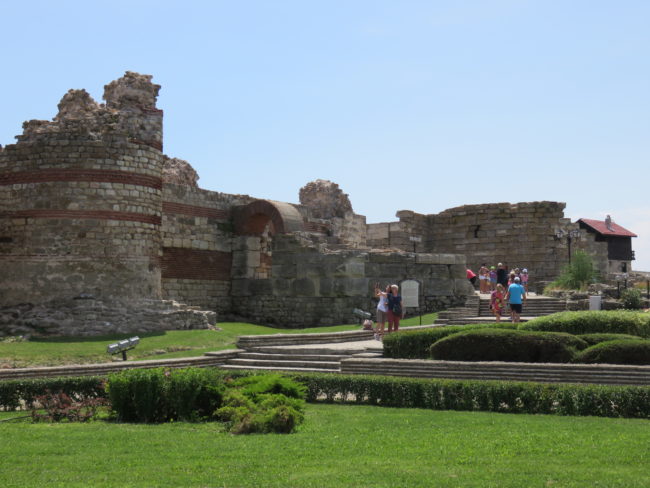
Day 10 – Sozopol
- Staying in: Burgas.
- Read my full post: This is just an overview. Read my detailed guide to visiting Sozopol (and how to get there by bus)
Sozopol is one of the oldest towns on the Bulgarian coast and has a long and interesting history. The first settlement on the site dates back to the Bronze Age and many ship anchors from the second and first millennium BC have been discovered in the town’s bay. The town was founded in the 7th century BC by Greek colonists, but then in 72 BC it was conquered by the Roman’s. Later, it was fought over in the long series of Bulgarian-Byzantine Wars which eventually ended with the Ottoman Empire.
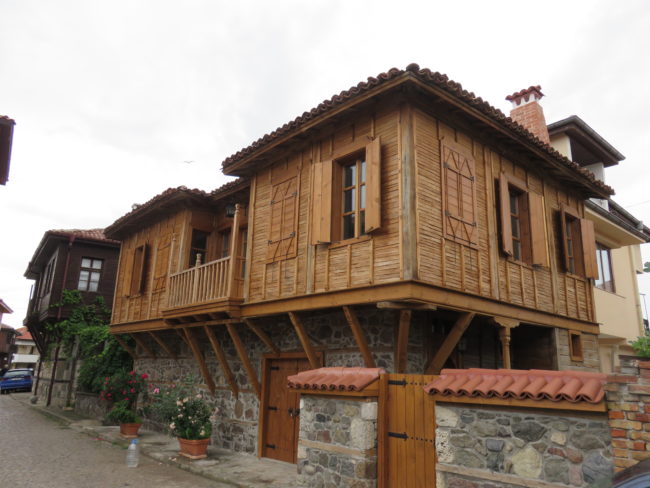
There are many interesting churches in Sozopol including
- Eastern Orthodox Church
- St. Martyr George Church
- St Nicolai Chapel
- Church of the Holy Virgin
If you are keen to learn more about Sozopol’s history, then visit the Archeological Museum and the Ethnographic Museum. Similar to Nessebar, the buildings here are 19th century wood and stone buildings. They are made in the traditional style with a stone first floor and wooden upper floors. This, along with the cobbled streets, creates a feeling of stepping back in time. The southern fortress wall and tower which once protected Sozopol from attacks has been restored and now provides a beautiful historic walk along the coast.
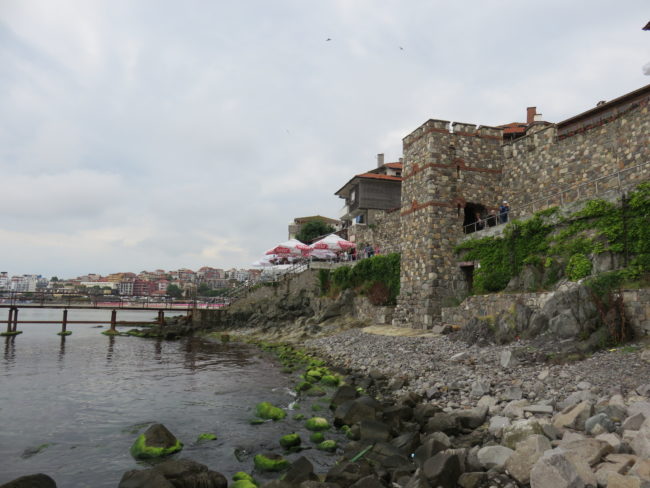
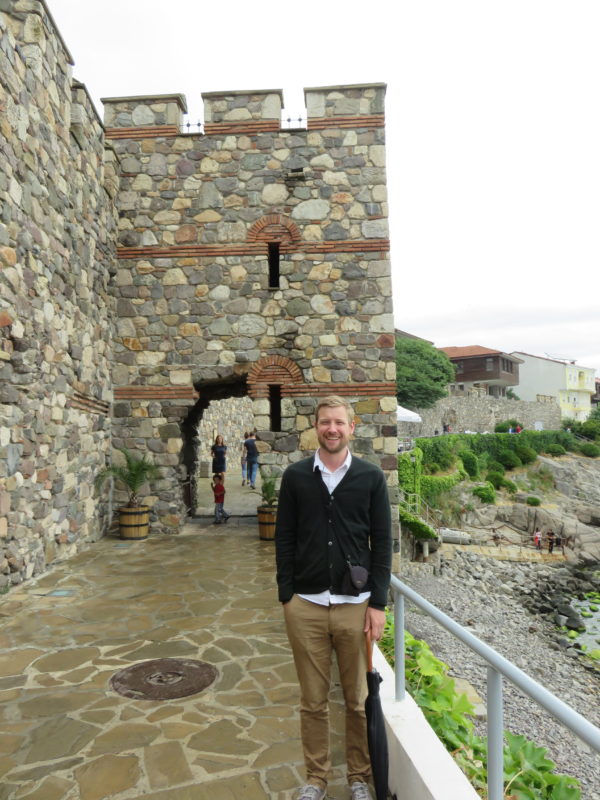
Practical Tips for Visiting Bulgaria
- Language: Bulgarian. It can be difficult to understand signs when they are in Bulgarian, as it looks nothing like the English version. Many of the areas we visited in Bulgaria only limited people spoke English, so we tried to make an effort with some Bulgarian. I encourage you to try a little Bulgarian too. Fun fact – Bulgarians nod when they say no and shake their head when they mean yes.
- Yes = да (da)
- No = не (ne)
- Please = моля (molya)
- Thank you = благодаря (blagodarya)
- Hello = добър ден (dobar den)
- Where is the toilet? къде в тоалетната (kade e toaletnata)
- Currency: Bulgarian Lev, or Leva, which is the plural. Most places had card machines and there were plenty of ATM’s. However, you will need small change for the buses.
- Electricity: The electrical current is 220-240 volts, 50-60 Hz. Wall outlets take the European two round prong plugs. However, you are better off purchasing a worldwide adaptor that can be used in Bulgaria as well other countries. At least then you can potentially get some further use out of it on future vacations. If you’re taking a number of electronics with you, then I would recommend purchasing a couple of these adaptors.
- Driving: In Bulgaria they drive on the right hand side of the road with speed signs in kilometres per hour (km). The speed limits are 50 km (31 mph) within towns; 90 km (56 mph) outside towns; 120 km (75 mph) on expressways; and a rather scary 140 km (87 mph) on motorways. Some of the roads we drove on were very old with huge pot holes and the paint had long since faded, so we had to drive slower in these areas.
- Navigating: We used Google’s free Offline Maps. Google Offline Maps allows you to access free maps for navigating that can be used offline i.e. you don’t need WIFI, data, or roaming to be able to use them. Follow this detailed guide on how to use Googles Offline Maps. Using your phone as a GPS will drain your battery quickly, so use a portable battery charger which you can use to charge your phone and any other USB chargeable devices. If you prefer a paper map, then purchase a Bulgarian road map before you go. At least it’s reliable and won’t run out of battery or malfunction like the electronic options!

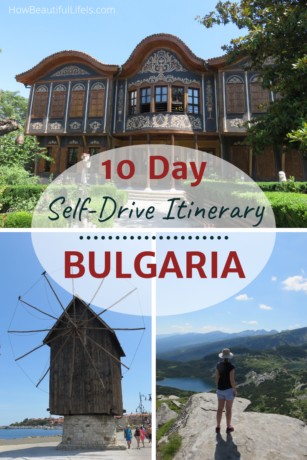
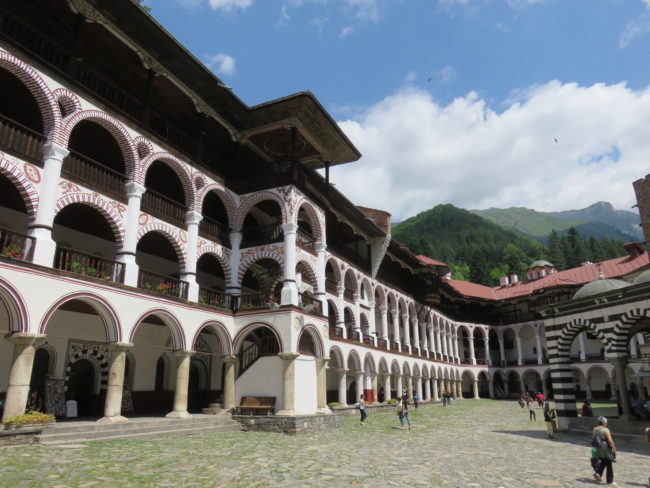
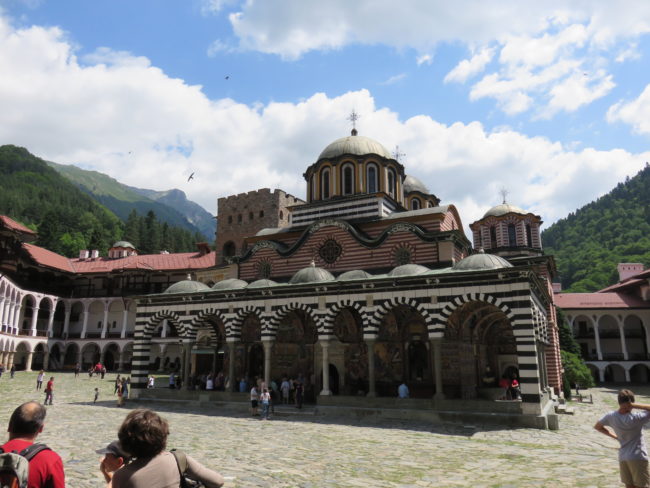

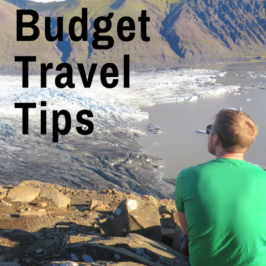
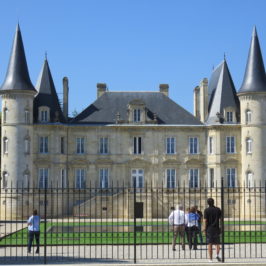
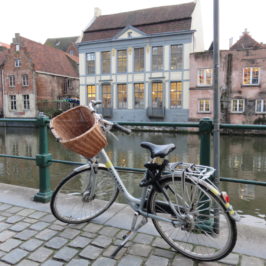
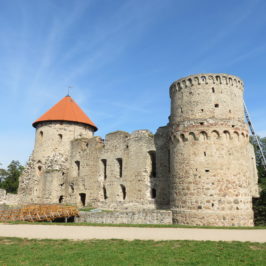
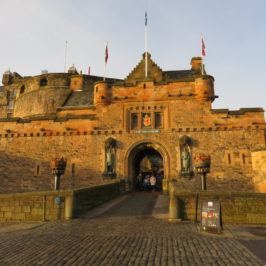
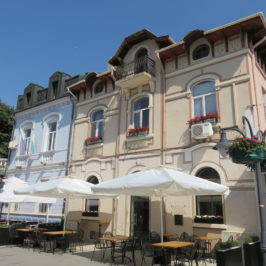
Leave a Reply